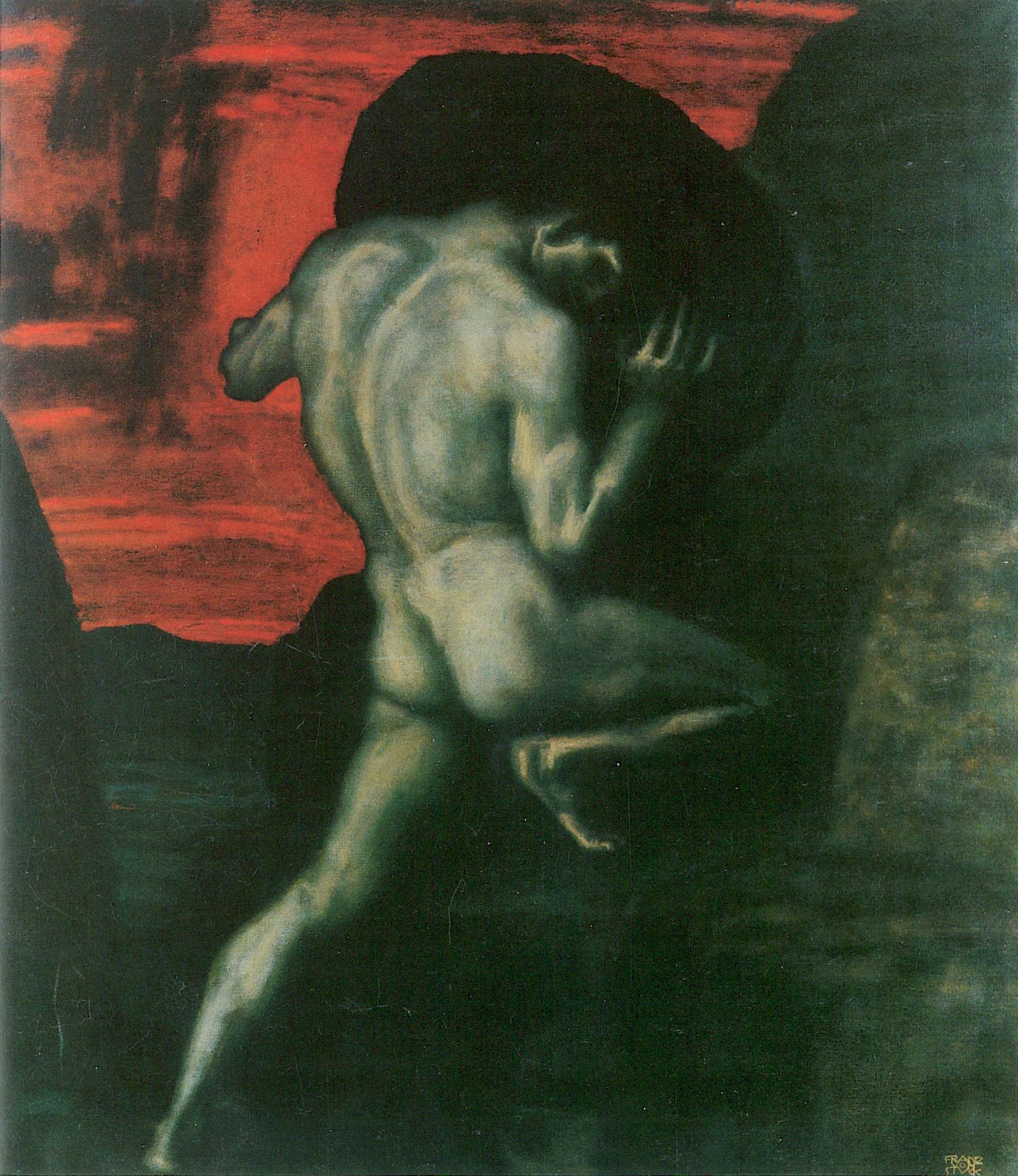|
Downtown (owarai)
is a Japanese comedy duo from Amagasaki, Hyōgo consisting of Hitoshi Matsumoto and Masatoshi Hamada. Formed in 1982, they are one of the most influential and prolific comedy duos in Japan today. They are best known for their stand-up acts, hosting numerous Japanese variety shows (such as '' Downtown no Gaki no Tsukai ya Arahende!!,'' ''Hey! Hey! Hey! Music Champ and Wednesday's Downtown'') and their sarcastic, short-tempered stage personas. As a result of their massive popularity and the relative domination of their employer, Yoshimoto Kogyo, the Kansai dialect (in which both performers usually speak) has come to be associated with Japanese comedy (''owarai'') as a whole. In 2011, teachers at the NSC comedy school reportedly noted that 70 percent of students name Matsumoto and Hamada as being among their key inspirations. Members ;Masatoshi Hamada :Born May 11, 1963 in Naniwa-ku, Osaka and raised in Amagasaki, Hyōgo. Plays the ''tsukkomi''. Married to actress Natsumi Ogaw ... [...More Info...] [...Related Items...] OR: [Wikipedia] [Google] [Baidu] |
Yoshimoto New Star Creation
The Yoshimoto New Star Creation, commonly called NSC or Yoshimoto Academy, is the comedy school established by Yoshimoto Kogyo in Japan. History There are currently two campuses, the original ''NSC'', established in 1982 in Osaka and the Tokyo branch ''NSC'' established in 1995. Students enroll for the purpose of becoming a comedian and the school is meant to be a systematic entry into the entertainment industry as a Yoshimoto Kogyo affiliated comedian after graduation. Officially established as Yoshimoto General Comedy Arts Academy (吉本総合芸能学院), both the Osaka and Tokyo branches have produced numerous successful comedians and television personalities. In order to enroll, the applicant must have graduated middle school. Each graduation class is considered as a ''generation'', for example, the comedy duo Downtown were one of the first graduates of the school as the 1st generation at NSC Osaka in 1982 Students of the academy go through various comedy classes focused ... [...More Info...] [...Related Items...] OR: [Wikipedia] [Google] [Baidu] |
Kyōtei
The , literally "boat racing" and referred to as BOAT RACE, is a hydroplane racing event primary held in Japan. It is one of Japan's four , which are sports events where parimutuel betting is legal. Kyōtei was introduced in Japan in April 1952, when the first race was held at Ōmura Kyōtei Stadium in Ōmura City, Nagasaki Prefecture. In April 2010, to promote the sport to a wide variety of people as well as internationally, the Kyotei Promotion Association began referring to the sport as BOAT RACE, and the organization itself was renamed the BOAT RACE Promotion Association. There are 24 kyōtei stadiums in Japan, all of which refer to themselves as BOAT RACE courses. Kyōtei races A Kyōtei race is conducted on man-made lakes with a 600-meter oval boat course. Six boats race three laps around the course (1,800 meters). Races are generally over in about two minutes. Kyōtei employs the ''flying start'' system of beginning races. Once competitors receive the signal to ''pi ... [...More Info...] [...Related Items...] OR: [Wikipedia] [Google] [Baidu] |
Downtown Hallelujah 1988
''Downtown'' is a term primarily used in North America by English speakers to refer to a city's sometimes commercial, cultural and often the historical, political and geographic heart. It is often synonymous with its central business district (CBD). Downtowns typically contain a small percentage of a city’s employment. In some metropolitan areas it is marked by a cluster of tall buildings, cultural institutions and the convergence of rail transit and bus lines. In British English, the term " city centre" is most often used instead. History Origins The Oxford English Dictionary's first citation for "down town" or "downtown" dates to 1770, in reference to the center of Boston. Some have posited that the term "downtown" was coined in New York City, where it was in use by the 1830s to refer to the original town at the southern tip of the island of Manhattan.Fogelson, p. 10. As the town of New York grew into a city, the only direction it could grow on the island was toward the ... [...More Info...] [...Related Items...] OR: [Wikipedia] [Google] [Baidu] |
Downtown 1982
''Downtown'' is a term primarily used in North America by English speakers to refer to a city's sometimes commercial, cultural and often the historical, political and geographic heart. It is often synonymous with its central business district (CBD). Downtowns typically contain a small percentage of a city’s employment. In some metropolitan areas it is marked by a cluster of tall buildings, cultural institutions and the convergence of rail transit and bus lines. In British English, the term "city centre" is most often used instead. History Origins The Oxford English Dictionary's first citation for "down town" or "downtown" dates to 1770, in reference to the center of Boston. Some have posited that the term "downtown" was coined in New York City, where it was in use by the 1830s to refer to the original town at the southern tip of the island of Manhattan.Fogelson, p. 10. As the town of New York grew into a city, the only direction it could grow on the island was toward the nor ... [...More Info...] [...Related Items...] OR: [Wikipedia] [Google] [Baidu] |
Kansai Region
The or the , lies in the southern-central region of Japan's main island Honshū. The region includes the prefectures of Nara, Wakayama, Kyoto, Osaka, Hyōgo and Shiga, often also Mie, sometimes Fukui, Tokushima and Tottori. The metropolitan region of Osaka, Kobe and Kyoto ( Keihanshin region) is the second-most populated in Japan after the Greater Tokyo Area. Name The terms , , and have their roots during the Asuka period. When the old provinces of Japan were established, several provinces in the area around the then-capital Kyoto were collectively named Kinai and Kinki, both roughly meaning "the neighbourhood of the capital". Kansai (literally ''west of the tollgate'') in its original usage refers to the land west of the Osaka Tollgate (), the border between Yamashiro Province and Ōmi Province (present-day Kyoto and Shiga prefectures).Entry for . Kōjien, fifth edition, 1998, During the Kamakura period, this border was redefined to include Ōmi and Iga Provinces. ... [...More Info...] [...Related Items...] OR: [Wikipedia] [Google] [Baidu] |
Deadpan
Deadpan, dry humour, or dry-wit humour is the deliberate display of emotional neutrality or no emotion, commonly as a form of comedic delivery to contrast with the ridiculousness or absurdity of the subject matter. The delivery is meant to be blunt, ironic, laconic, or apparently unintentional. Etymology The term ''deadpan'' first emerged early in the 20th century, as a compound word (sometimes spelled as two words) combining "dead" and "pan" (a slang term for the face). It appeared in print as early as 1915, in an article about a former baseball player named Gene Woodburn written by his former manager Roger Bresnahan. Bresnahan described how Woodburn used his skill as a ventriloquist to make his manager and others think they were being heckled from the stands. Woodburn, wrote Bresnahan, "had a trick of what the actors call 'the dead pan.' He never cracked a smile and would be the last man you would suspect was working a trick." George M. Cohan, in a 1908 interview, had alluded t ... [...More Info...] [...Related Items...] OR: [Wikipedia] [Google] [Baidu] |
Persona
A persona (plural personae or personas), depending on the context, is the public image of one's personality, the social role that one adopts, or simply a fictional Character (arts), character. The word derives from Latin, where it originally referred to a theatrical mask. On the social web, users develop virtual personas as online identity, online identities. Etymology The Latin word probably derived from the Etruscan language, Etruscan word "", with the same meaning, and that from the Greek ('). Its meaning in the latter Roman period changed to indicate a "character" of a theatrical performance or court of law, when it became apparent that different individuals could assume the same role and that legal attributes such as rights, powers, and duties followed the role. The same individuals as actors could play different roles, each with its own legal attributes, sometimes even in the same court appearance. According to other sources, which also admit that the origin of the ter ... [...More Info...] [...Related Items...] OR: [Wikipedia] [Google] [Baidu] |
Sarcasm
Sarcasm is the caustic use of words, often in a humorous way, to mock someone or something. Sarcasm may employ ambivalence, although it is not necessarily ironic. Most noticeable in spoken word, sarcasm is mainly distinguished by the inflection with which it is spoken or, with an undercurrent of irony, by the extreme disproportion of the comment to the situation, and is largely context-dependent. Etymology The word comes from the Greek σαρκασμός (''sarkasmós'') which is taken from σαρκάζειν (''sarkázein'') meaning "to tear flesh, bite the lip in rage, sneer".Oxford English Dictionary It is first recorded in English in 1579, in an annotation to ''The Shepheardes Calender'' by Edmund Spenser: However, the word ''sarcastic'', meaning "Characterized by or involving sarcasm; given to the use of sarcasm; bitterly cutting or caustic", doesn't appear until 1695. Usage In its entry on irony, Dictionary.com describes sarcasm thus: In sarcasm, ridicule or moc ... [...More Info...] [...Related Items...] OR: [Wikipedia] [Google] [Baidu] |
Absurdism
Absurdism is the philosophical theory that existence in general is absurd. This implies that the world lacks Meaning of life, meaning or a higher purpose and is not fully intelligible by reason. The term "absurd" also has a more specific sense in the context of absurdism: it refers to a conflict or a discrepancy between two things but there are several disagreements about their exact nature. These disagreements have various consequences for whether absurdism is true and for the arguments cited in favor and against it. Popular accounts characterize the conflict as a collision between Rationality, rational man and an irrational universe, between intention and outcome, or between subjective assessment and objective worth. An important aspect of absurdism is its claim that the world ''as a whole'' is absurd. It differs in this regard from the uncontroversial and less global thesis that some ''particular'' situations, persons, or phases in life are absurd. Various components of the ... [...More Info...] [...Related Items...] OR: [Wikipedia] [Google] [Baidu] |
Sadistic Personality Disorder
Sadistic personality disorder was a personality disorder defined by a pervasive pattern of sadistic and cruel behavior. People with this disorder were thought to have desired to control others. It was believed they accomplish this through the use of physical or emotional violence. This diagnosis appeared in an appendix of the '' Diagnostic and Statistical Manual of Mental Disorders'' (DSM-III-R).Hucker, Stephen JSadistic Personality Disorder/ref> The later versions of the DSM (DSM-IV, DSM-IV-TR, and DSM-5) do not include it. It was removed as psychiatrists believed it would be used to legally excuse sadistic behavior. Symptoms and behaviors Sadistic personality disorder was defined by a pervasive pattern egosyntonic of sadistic behavior. Individuals possessing sadistic personalities tend to display recurrent aggression and cruel behavior. People with this disorder will use violence and aggression in an attempt to control and dominate others. When others refuse to submit to thei ... [...More Info...] [...Related Items...] OR: [Wikipedia] [Google] [Baidu] |





